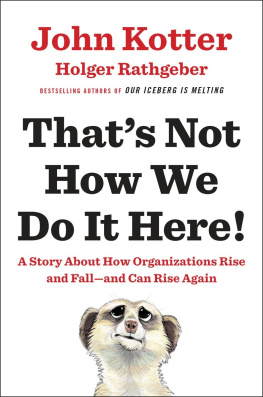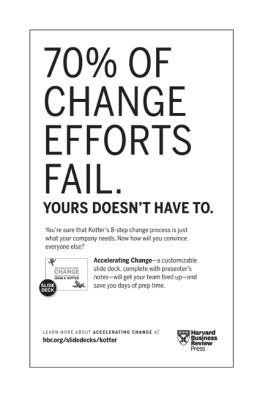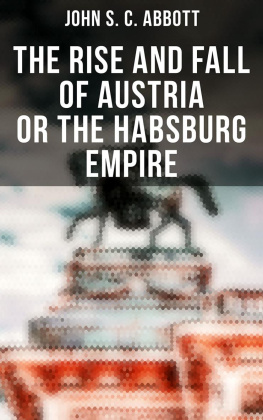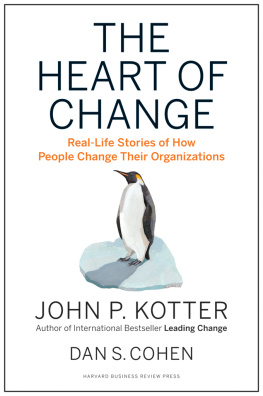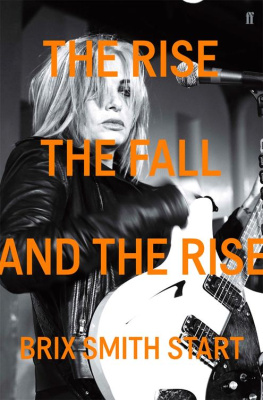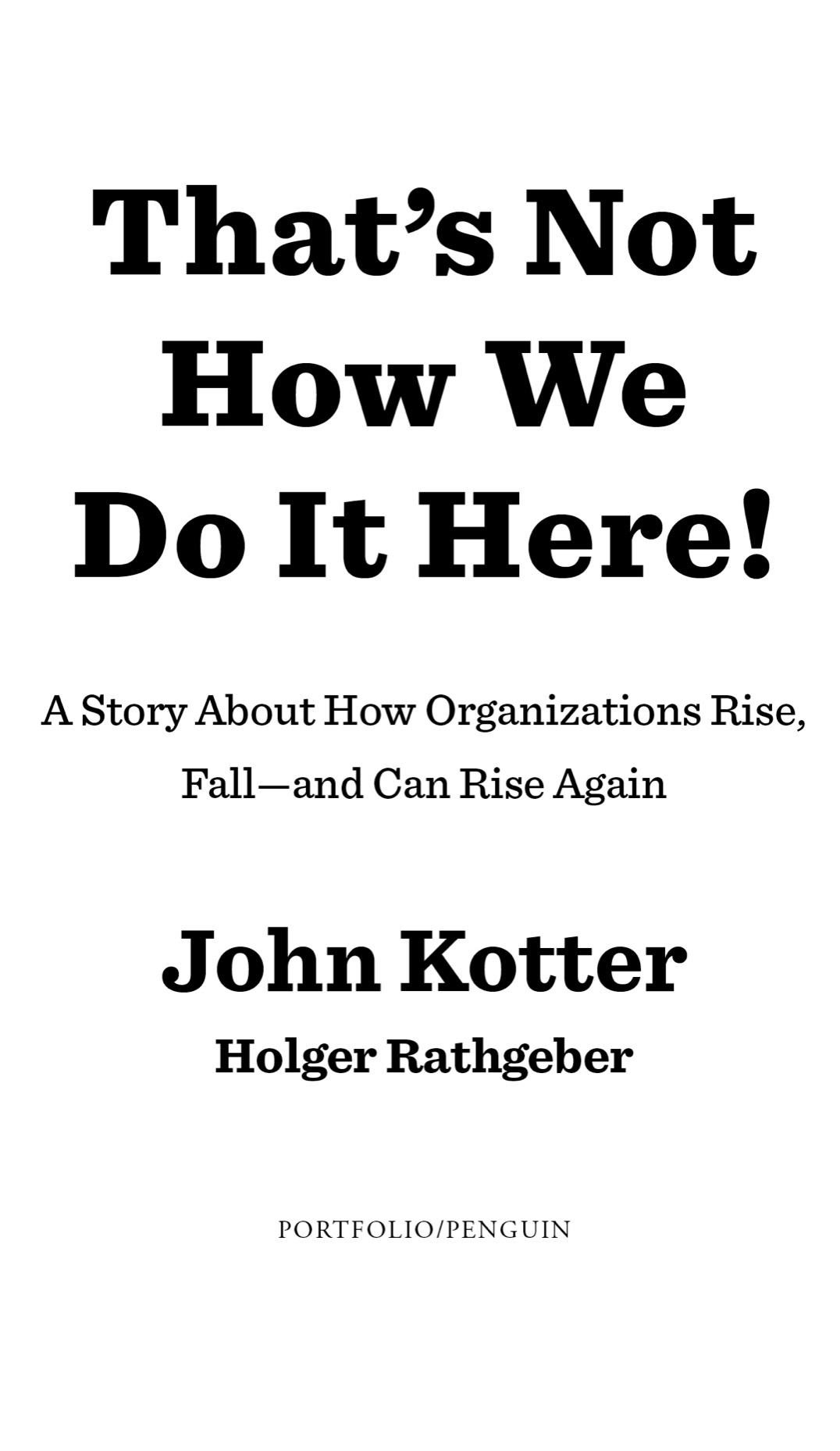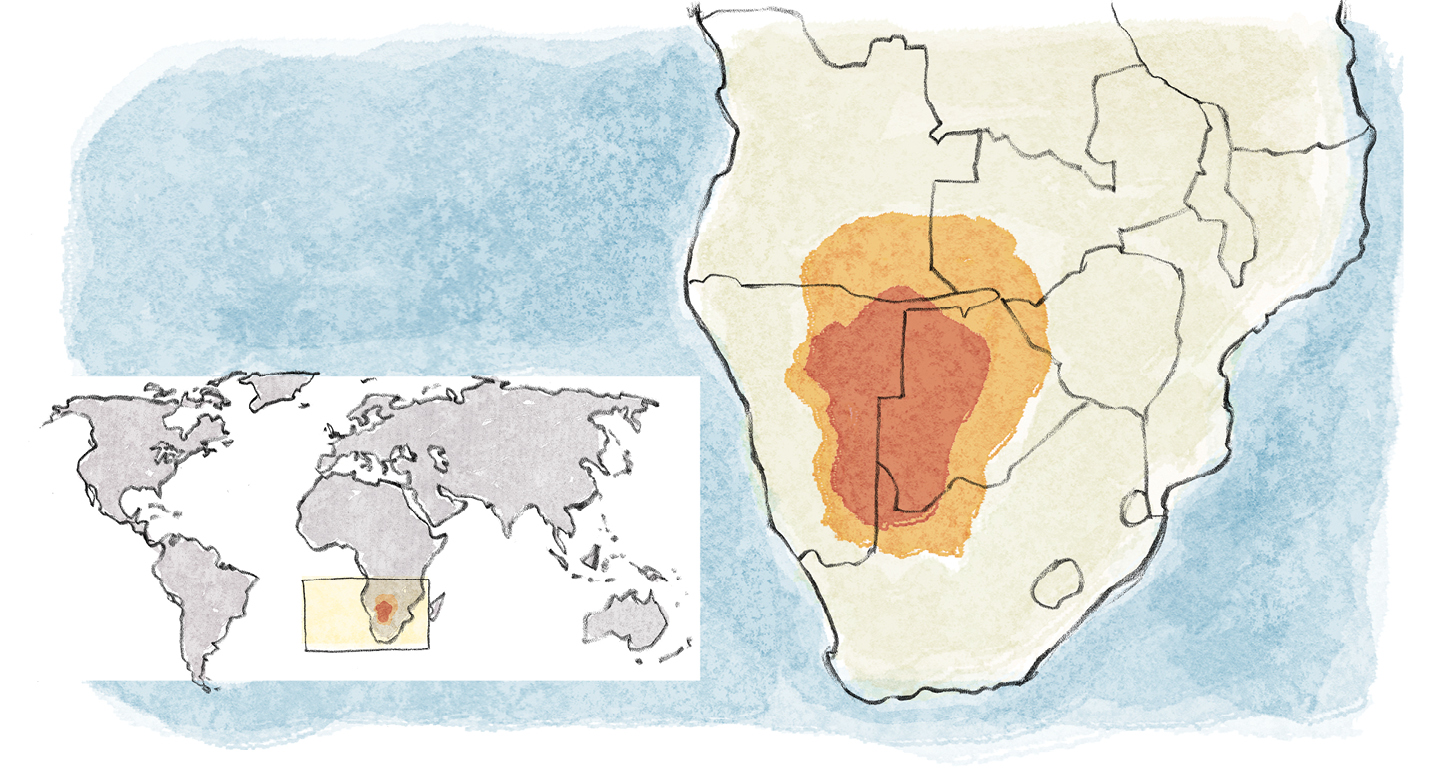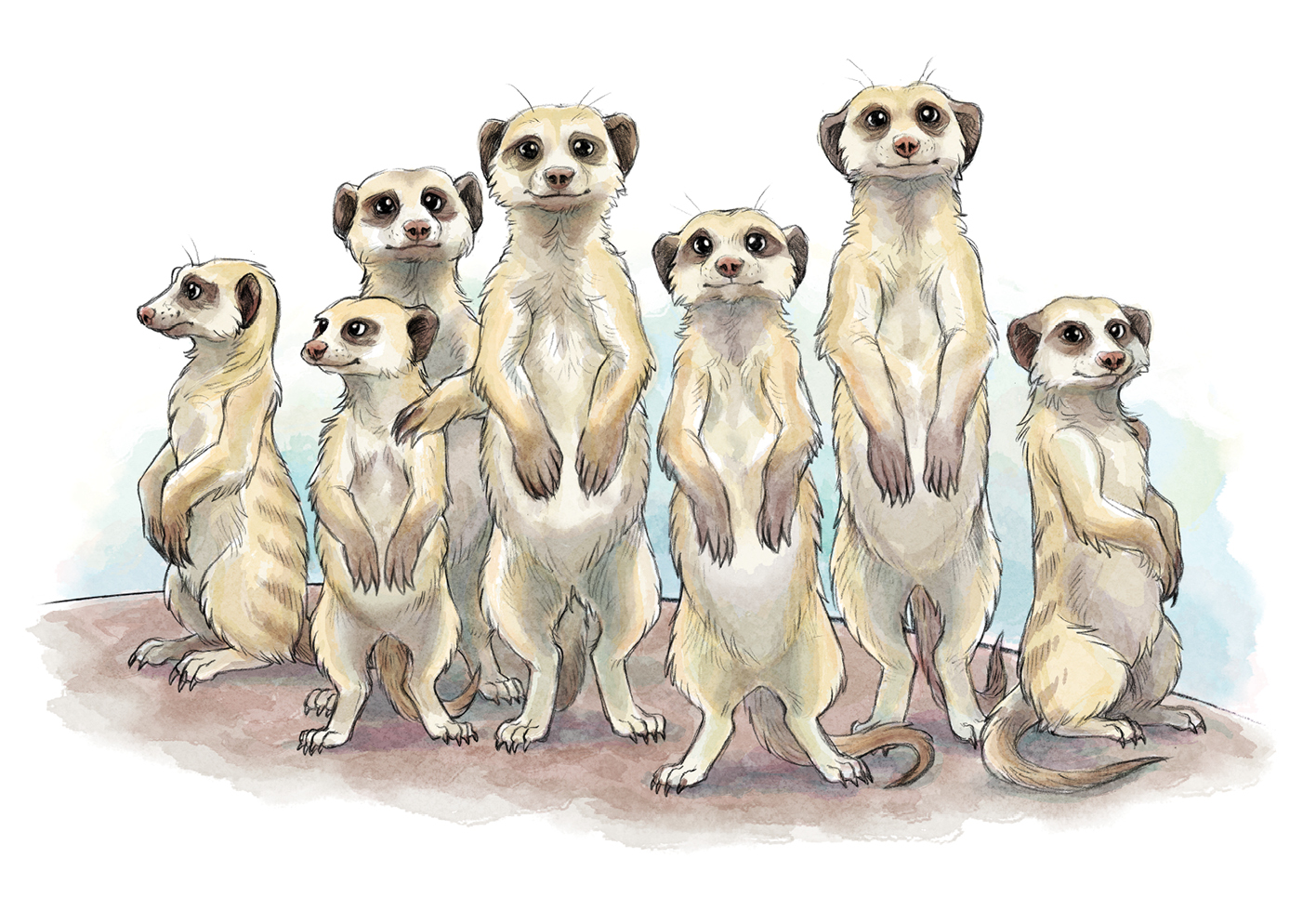Penguin supports copyright. Copyright fuels creativity, encourages diverse voices, promotes free speech, and creates a vibrant culture. Thank you for buying an authorized edition of this book and for complying with copyright laws by not reproducing, scanning, or distributing any part of it in any form without permission. You are supporting writers and allowing Penguin to continue to publish books for every reader.
Illustrations by Kari Fry. Copyright 2016 by Kotter Associates.
T he vultures had mysteriously turned from scavengers to killers. No one knew why. These awful, scary, deadly creatures were probably the final blow that was leading to the collapse of Matts clan.
Matt was a Meerkatthose smallish African animals that humans seem to find cute and interesting. Matt, like all Kats, had his own distinct personality and skills. He had always been shy and could be a bit too rigid once he had a plan in mind. But an inherent sense of loyalty, a soft smile, and skills he always used to help the group had made him much appreciated. He had usually enjoyed life, and most of the time life had enjoyed him back.
But then...
Because the rain seemed to have disappeared, his clan of fuzzy little creatures no longer had enough food for everyone. At least once a day, Matt ate less so the young and old and weak could have more. But that hardly made even a small contribution to solving the problem. The increase in the number of predators waswell, Matt had never seen anything like it. A few Kats said it was all connected. Less rain meant less food, which was leading to strange and unpredictable changes in predator behavior. But who knew for sure?
They could not seem to agree upon, much less bring alive, any new big ideas to deal with the new problems. For Matt and many others, that was incredibly frustrating. Making matters even worse, getting the most routine daily work done was proving more and more difficult.
It was not as if Matt never heard any promising new ideas. He had two very creative friends, Tanya and Ago, who had come up with a possible way to find more food and waste less, and a potential method of spotting predators faster than before. But both Kats ran into a wall of thats not the way we do things here, a reaction that, considering the circumstances, made no sense. Matt tried to pitch in and show others why such an argument was illogical. He talked to Kats he knew the best, those born in litters about the same time as he was. He talked to his Family Chief. And he got nowhere.
Matt was so tired. Because he was respected, he was asked by one of the big bossesan Alphato take on this project and that project and another. The toll on him added up. He was not at all the type who walked through his days quietly or loudly angry at the world. Yet here he was...
One very mad Meerkat.
Introduction
T his story is about important issues almost all of us are now facing: The rate of change is going up, that fact can be hard to see clearly or to deal with well, and when we cannot find ways to avoid hazards, grasp opportunities, and produce the results we all truly valueall of which we know is possible because some people do itlife can become quite unpleasant.
We have chosen a fable format herea story with a whole cast of characters, including Mattbecause fables can take on big issues and be useful for many people. And the issues here really are big. To understand how we can get better outcomes, we need to more clearly understand how organizations ris e, why they often eventually struggle no matter their past success, and why they can fall. We need more clarity about how a few rise once again to grow, fulfill their mission, create great jobs and services and wealth. It helps to see the role that discipline, planning, reliability, and efficiency play in these stories. And the role of passion, vision, engagement, speed, agility, and culture. And there is the issue of management versus leadershipand the latter not from just a few people in big corner offices.
Yes, yes, we know that this is a bit much for a short book. And, yes, many others have had much to say about these issues. But we think there is too much fog around some fundamental points that relate to success today. Only when we begin to lift that fog do we have a chance of turning twenty-first-century challenges and threats into exciting opportunitiesfor our businesses, governments, nonprofits, and ourselves. We could go on and on talking about the many decades of research underlying the ideas and insights in this story. But a discussion of that here could undermine our goals of being short, thought-provoking, useful, and fun. At the end of the book we will offer some thoughts about the issues raised in that research and in the story. For now, we present only the simple diagram shown below. It has much to say about the rise and fall and possible re-rise of organizations, as well as about what each of us might do to be more effective and happier at work. We will discuss all this at the end of the book (and you will see the relevance throughout our parable).
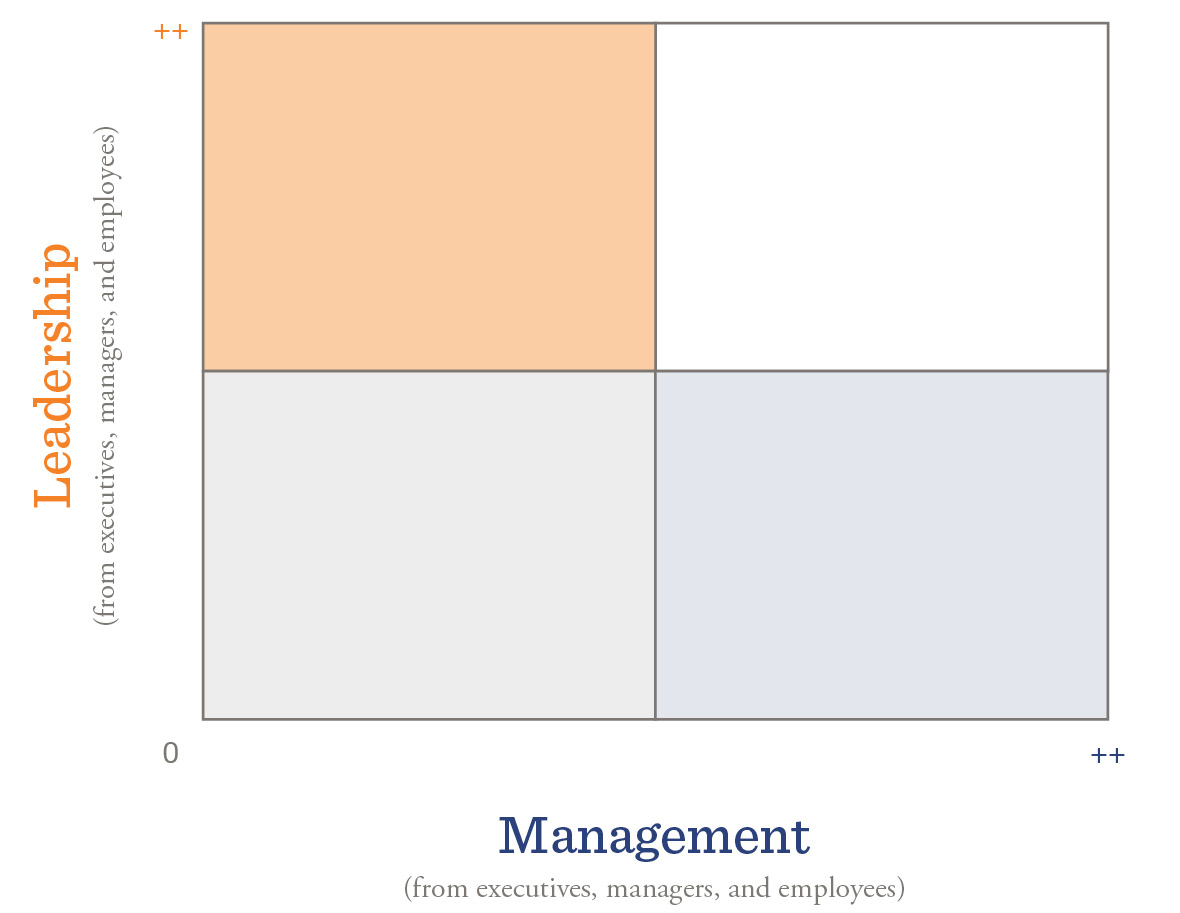
So enough. Lets go back and start at the beginning of our story.
Chapter 1
O nce upon a time there was a most interesting clan of animals that humans call Meerkats. They lived in the Kalahari, a warm and dry stretch of land in the southern part of the African continent.
At first glance, the piece of land these Meerkats called home looked like many other areas around them. But with a mix of cleverness, hard work, hustle, and a bit of luck, their ancestors had found a place that was not like all the others. A brushfire had cleared the ground before their arrival and had created a nearly perfect habitat. Many predators had been driven away by the fire and there was plenty of food, which mostly consisted of scorpions, crunchy insects, worms, eggs, and from time to time some fruits.
The Meerkats looked more or less typical for their species. Sort of like this:
The clan started with a dozen Kats and grew to more than one hundred and fifty, a remarkable size that is far from typical. Meerkats can have between two and four litters a year, with three to five pups per litter. If you do the mathwell, the difference between two litters and four and between three and five little ones in each is... lets say that the right conditions can make a lot of additional Meerkats.

